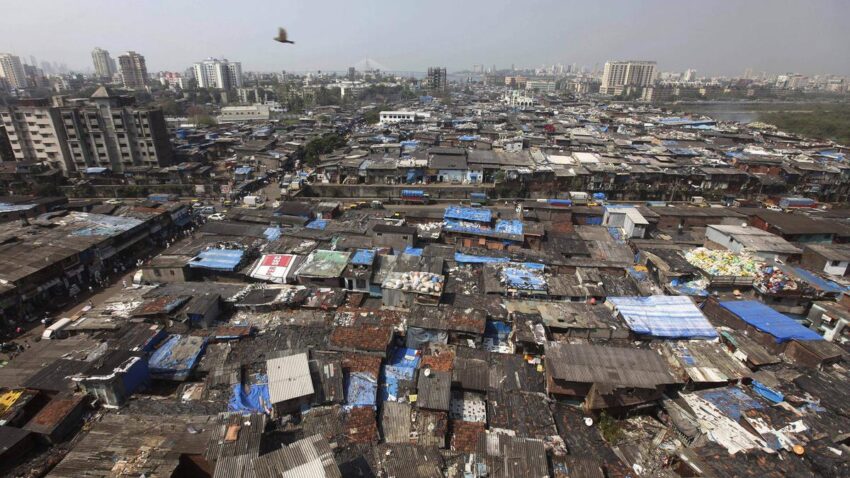**Urban Definition in Census 2027: Challenges and Implications**
Registrar General of India (RGI) and Census Commissioner Mrityunjay Kumar Narayan, in a letter dated August 14 to the States’ Directorates of Census Operations (DCO), proposed retaining the same definition for urban areas for Census 2027. This decision aims to ensure comparability with previous Censuses and provide a consistent basis for analyzing urbanisation trends across the country.
### Existing Definition of Urban Areas in Census 2011
In the 2011 Census, an urban unit was defined as either a statutory town or a census town:
– **Statutory Towns:** Areas formally notified as urban by the State government. These have urban local bodies such as municipal corporations, municipal councils, and nagar panchayats.
– **Census Towns:** Areas that meet all three of the following criteria:
– Minimum population of 5,000
– At least 75% of the male main working population engaged in non-agricultural activities
– Population density of at least 400 persons per square kilometre
While census towns function like urban areas, they remain administratively rural.
### Limitations of the Current Definition
In India, urban local bodies enjoy greater autonomy and control over their finances. In contrast, Panchayati Raj institutions, which govern rural areas, are mainly tasked with implementing centrally designed welfare schemes. Therefore, gaining urban status often implies greater development prospects for a settlement.
However, the current binary definition—urban or rural—does not capture the complex, evolving nature of settlements in India. It overlooks the many places falling between rural and urban classifications. Rapid urbanisation is transforming villages into towns in both function and form, yet these areas frequently lack formal recognition and remain under rural governance.
Consequently, census towns and peri-urban regions, despite high population density, non-agricultural livelihoods, and urban lifestyles, remain excluded from urban governance structures. This exclusion creates gaps in planning, service provision, and resource allocation.
### Case Study: Census Towns in West Bengal
The disconnect between functional urbanisation and formal recognition is especially evident in West Bengal. Between the 2001 and 2011 Censuses:
– West Bengal saw the highest increase in the number of census towns, with 526 new towns identified.
– However, 251 settlements classified as census towns in 2001 remained under rural governance even a decade later.
These settlements were not municipalised—meaning they didn’t transition into statutory towns with elected urban local bodies. This status quo demonstrates how many urbanising settlements continue to be managed under rural frameworks, which are ill-equipped to address urban infrastructure, planning, and service needs.
### Implications for Census 2027 and Beyond
As India prepares for Census 2027, revisiting the urban definition has become crucial. A 2019 research paper titled *Missing millions: undercounting urbanisation in India*, published in the journal *Population and Environment*, highlights key issues with the existing classification system:
– Relying solely on thresholds like population size (above 5,000) and percentage of non-agricultural workers leads to significant undercounting of urban populations.
– The paper experimented with varying density thresholds (e.g., 400 people/km², 1,000 people/km²) and found that depending on the cut-off used, the urban population share in 2011 could range between 35% and 57%, considerably higher than the official Census estimate of 31%.
– Many places labeled as rural on paper are part of larger, informal urban clusters but lack formal recognition because they fall outside municipal boundaries or are divided by administrative units.
### Outdated Criteria and Emerging Realities
The “75% male workforce in non-agricultural activities” rule is increasingly outdated:
– Small towns might not meet this benchmark but still exhibit distinct urban characteristics.
– Employment patterns are evolving with industries, service jobs, and gig economy positions spreading into villages and semi-urban areas, blurring rural-urban distinctions.
– Many residents in semi-rural and transitional zones commute to nearby towns or cities for work while maintaining agricultural ties through land ownership or seasonal farming.
– The rise of app-based and gig jobs in smaller towns and rural areas shows that urban-type employment is no longer confined to recognized urban centres.
– The male workforce criterion also neglects women’s informal or unpaid contributions.
### The Risk of Retaining the Outdated Definition
Keeping the current urban definition in Census 2027 risks:
– Misclassifying millions of people
– Undercounting rapidly urbanising areas
– Excluding emerging settlements from suitable governance frameworks and public services
A rigid, binary classification no longer reflects India’s dynamic settlement patterns. Failing to revise it will exacerbate existing gaps in planning, infrastructure development, and social inclusion.
—
**Conclusion:**
Modernising the urban classification framework is vital for accurately capturing India’s ongoing transformation. A more nuanced, flexible approach should recognize the continuum between rural and urban and enable better governance, service delivery, and inclusive development for all settlements experiencing urbanisation.
—
*For more insights on urbanisation and Census methodology, stay tuned for updates as India gears up for Census 2027.*
https://www.thehindu.com/news/national/why-indias-urban-definition-is-failing-its-growing-towns/article70093149.ece
